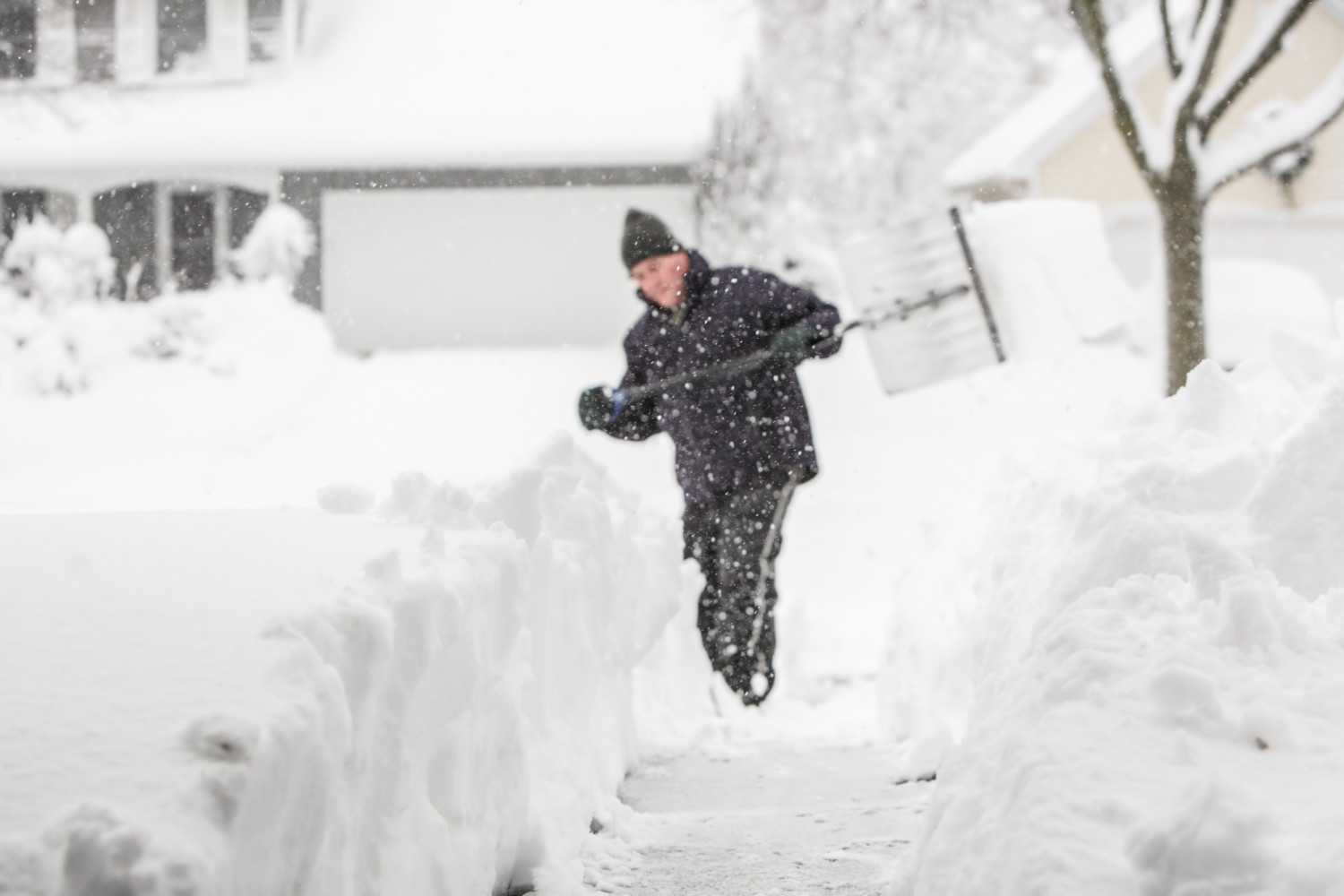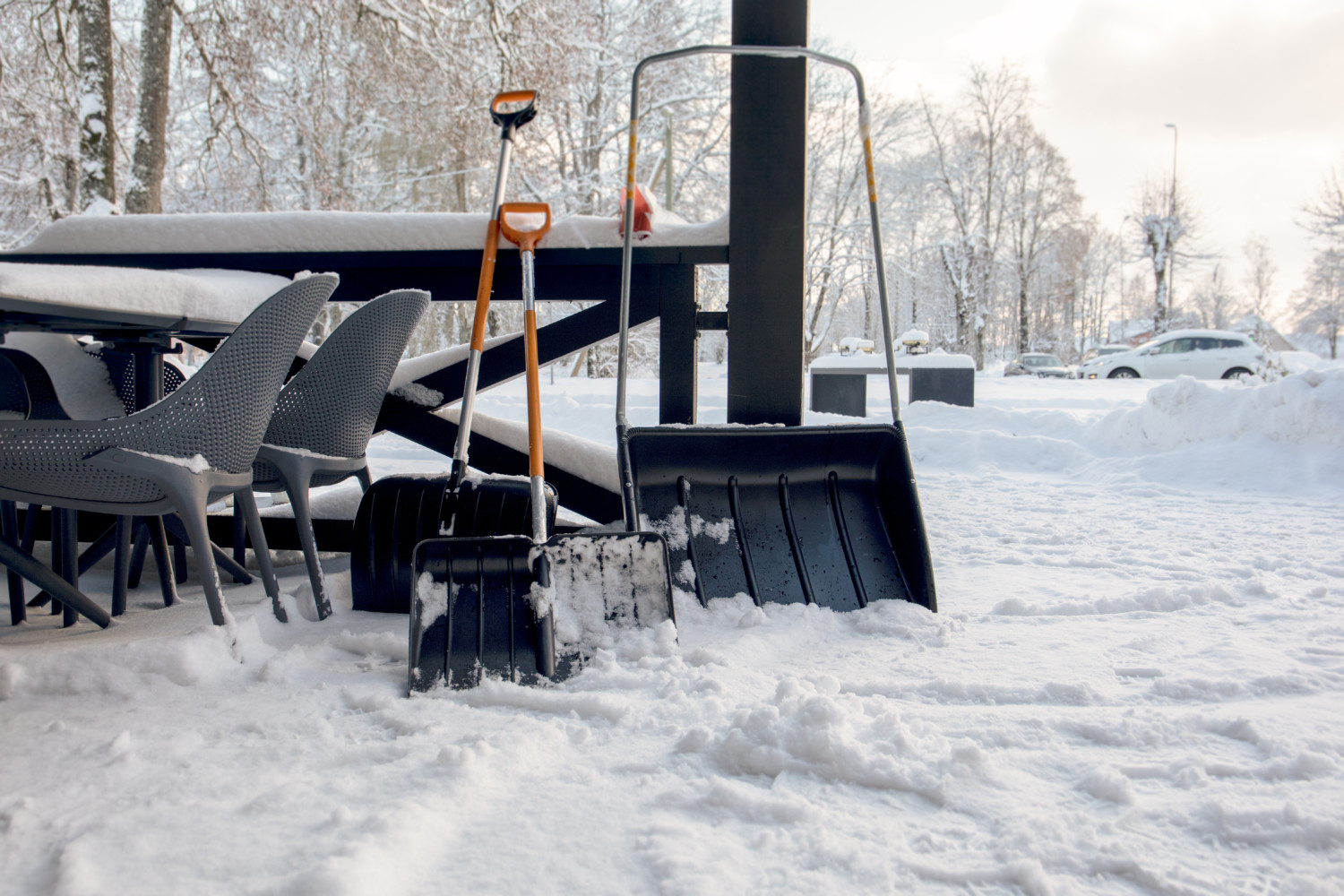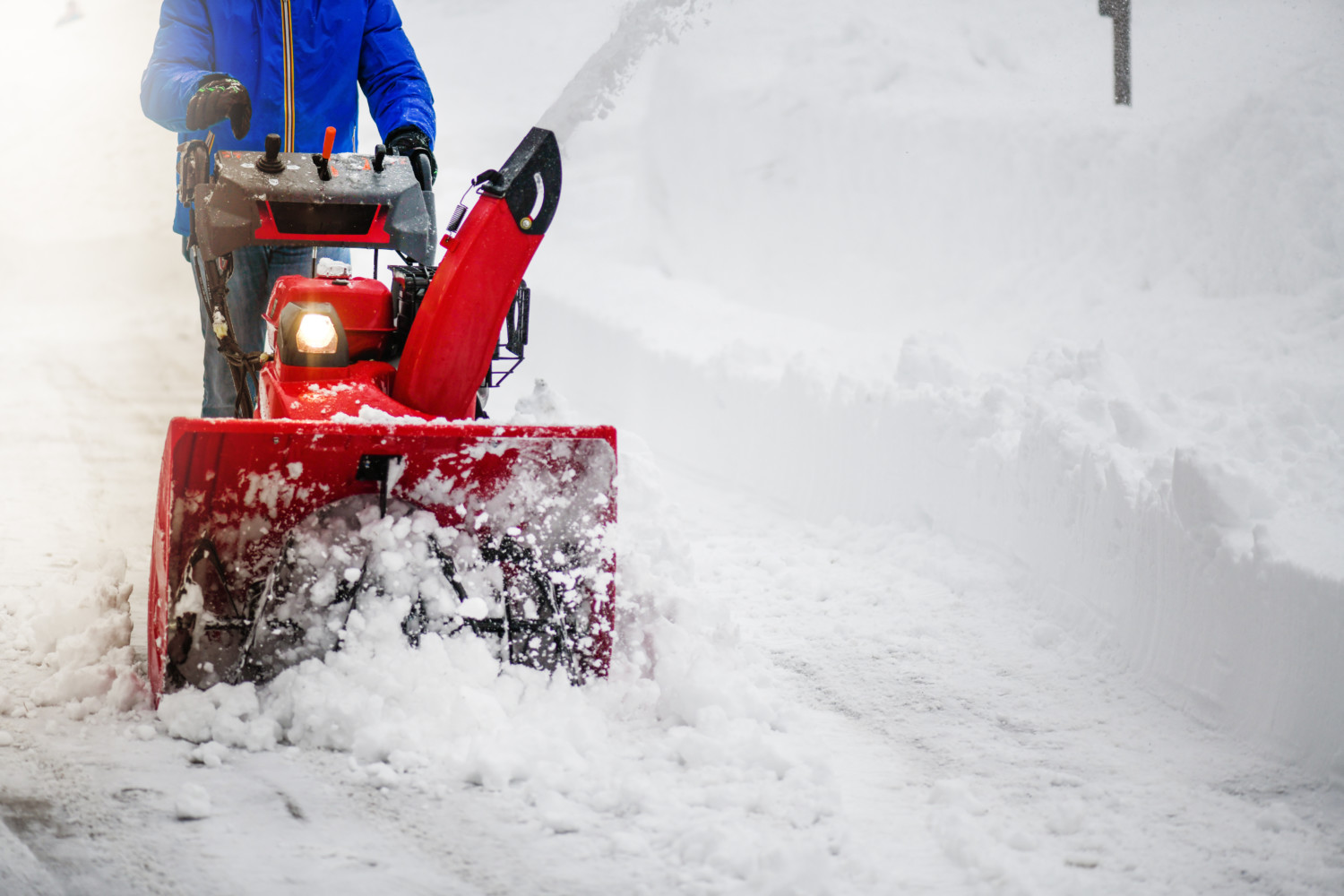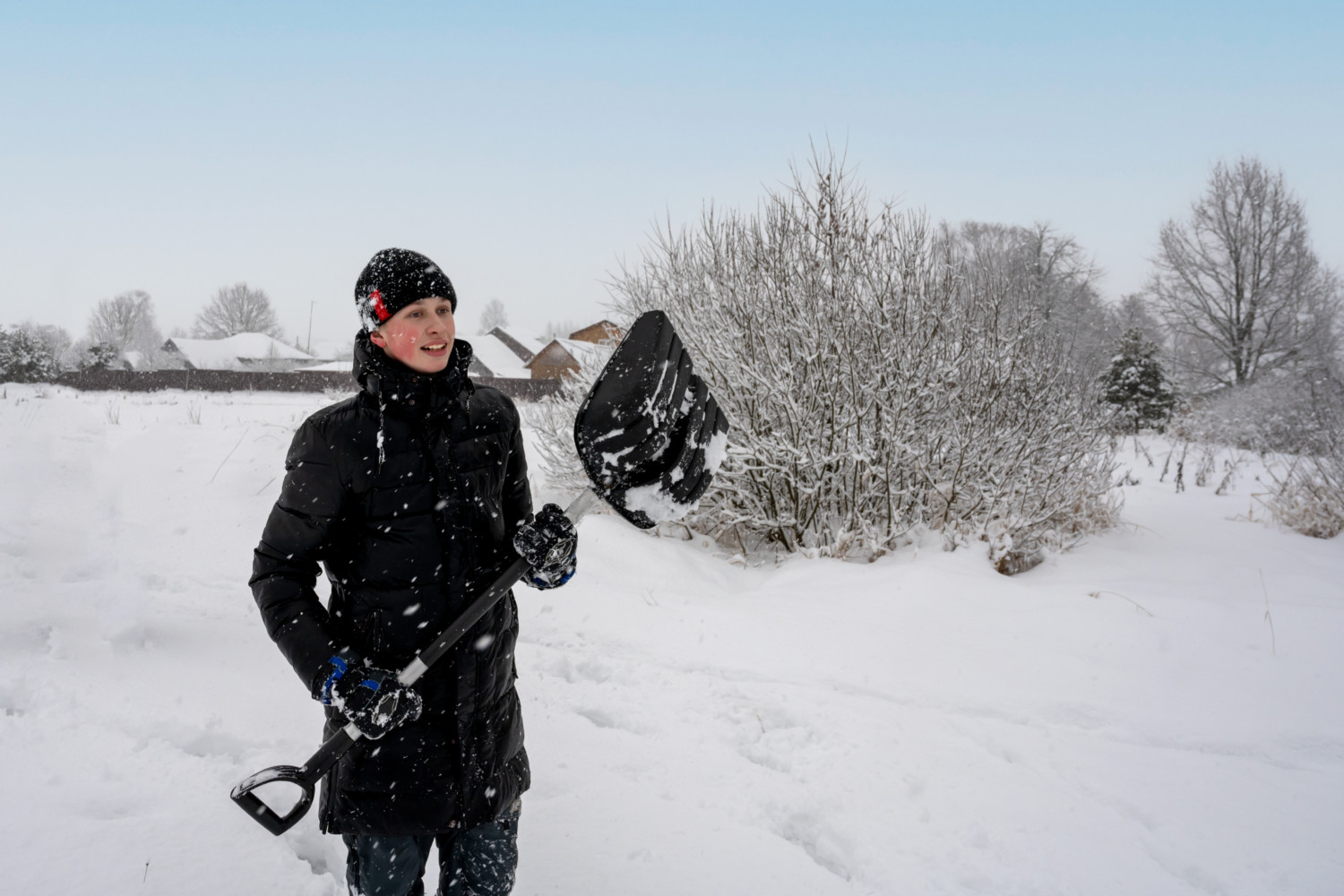For many people, shoveling snow during winter is a fact of life. However, it can be a dangerous and even deadly activity for some. Along with thousands of soft tissue and lower-back injuries each year, shoveling snow has also been cited as a regular trigger for heart attacks.
It’s common to underestimate how strenuous shoveling snow can be. Shoveling can be as taxing as being at “peak exercise” level on a heart stress test. This can increase the risk of a heart attack in anyone who is not physically fit or used to rigorous exercise. Cold temperatures that may increase blood pressure and constrict coronary arteries, and combined with the sheer physical effort of shoveling, which causes a higher heart rate, may increase that risk.

“Shoveling a little snow off your sidewalk may not seem like hard work. However, the strain of heavy snow shoveling may be as or even more demanding on the heart than taking a treadmill stress test, according to research we’ve conducted,” Barry Franklin, Ph.D., a professor of internal medicine at Michigan’s Oakland University William Beaumont School of Medicine, told the American Heart Association.
“For example, after only two minutes of snow shoveling, study participants’ heart rates exceeded 85% of maximal heart rate, which is a level more commonly expected during intense aerobic exercise testing,” he added. “The impact is hardest on those people who are least fit.”

Men seem to run the highest risk of a heart attack from shoveling snow. A 2017 study of more than 128,000 patients published in the Canadian Medical Association Journal showed a significant increase of heart attacks in men after a snowfall, regardless of age or other health conditions. The correlation was not found in women, although researchers suspect this could be because men are more likely to shovel snow than women.
However, a predisposition to cardiovascular risks can increase the chance of a heart attack. If you are at risk, you should avoid removing snow if at all possible. Some experts suggest avoiding the task if you’re over 45 as well, but the age when you should stop is likely individual, Franklin says.
“I think it’s really impossible to say a certain age,” Franklin told MSN. “I see people every day; sometimes I see a guy who’s 70 who really looks and functions like he’s 40, and other people vice versa.”
Some studies show an increased risk of heart attacks among people using snow blowers as well, as pushing a snow blower can quickly elevate heart rate and blood pressure.

“The impact of snow removal is especially concerning for people who already have cardiovascular risks like a sedentary lifestyle or obesity, being a current or former smoker, having diabetes, high cholesterol or high blood pressure, as well as people who have had a heart attack or stroke,” Franklin told the AHA. “People with these characteristics and those who have had bypass surgery or coronary angioplasty simply should not be shoveling snow.”
Hire Someone to Shovel Your Snow
If you are at risk, try to find someone else to shovel for you, whether by paying someone in the neighborhood or asking a friend or younger family member to help you out.
“Particularly people that have multiple medical conditions such as coronary artery disease or hypertension, or maybe they have overweight or obesity and don’t get a lot of physical activity — it’s not worth it to risk your heart,” cardiologist Dr. Luke Laffin told the Cleveland Clinic. “I think hiring the kid down the street to do it is a great idea.”

If you can’t avoid shoveling or blowing snow off your driveway or sidewalk, take sufficient precautions, which include the steps below:
- Dress in warm layers.
- Stretch before you begin.
- Stay hydrated.
- Only shovel powdery snow.
- Take frequent breaks, and don’t overexert yourself.
- Lift with your legs, not your back.
- Don’t remove snow after eating a heavy meal or drinking alcohol.
- Don’t shovel while smoking.
In addition, be aware of common heart attack symptoms after shoveling. These include:
- Mild discomfort to severe pain in the chest, neck, shoulders, left arm or back
- Shortness of breath
- Breaking out in a cold sweat
- Irregular or rapid heartbeat
- Nausea
- Lightheadedness
Keep in mind that symptoms can differ for men and women. AHA notes that while chest pain is the most common symptom for both men and women, women are more likely to have other symptoms, such as shortness of breath, nausea and back or jaw pain.
Be safe out there!
By Tricia Goss, for Newsy.
Newsy
About Newsy: Newsy is the nation’s only free 24/7 national news network. You can find Newsy using your TV’s digital antenna or stream for free. See all the ways you can watch Newsy here: https://bit.ly/Newsy1
This story originally appeared on Simplemost. Check out Simplemost for additional stories.


